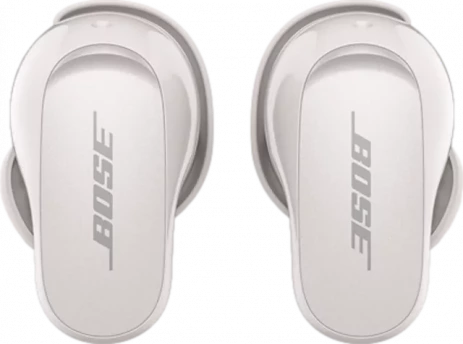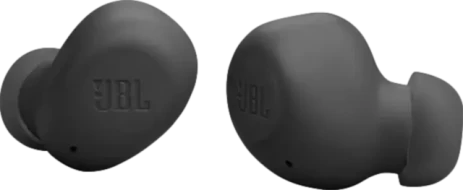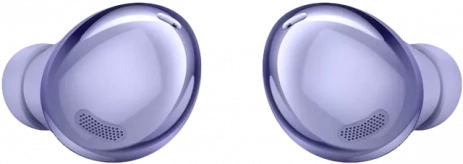Ingress protection ratings is the rating of protection offered by an enclosure, against solids and liquids. In the format of IPXX, 'X' represents a number The first value means protection against solids say dust, followed by the one that refers to resistance against liquids (water).
Having a value of IPX4, the JBL Tune Flex's rating is read as, the first value of X denotes that no data available to specify a protection rating, and of liquids that they can withstand low pressure spray similar to that of a shower head when tilted at 180° for 10 minutes. The JBL Tune Flex have a weight of 9.6g . We take in account a lower weight best because lighter devices are easier to transport.
True wireless devices have no cables connecting any part of the device together, JBL Tune Flex are true wireless for this matter since they don't have wires. This is a major distinction as some wireless earbuds have wires linking the 2 earbuds .
JBL Tune Flex are resistant to sweat
JBL Tune Flex have stereo speakers, what this means is that JBL Tune Flex's speakers deliver sound from independent channels on both left and right sides, this creates a richer sound and a better listening experience. Active noise cancellation utilises advanced technology to reduce ambient sounds.
How it works, it detects and analyzes the sound pattern of incoming noise and then generates a mirror signal to cancel it out. In simple terms, it's like having +1 (noise) then producing -1 (inverted noise) to make 0 which results in a reduced level of noise.
JBL Tune Flex have ANC enabling you to listen at lower levels of volume, causing less ear fatigue since you don't have to crank up the earbuds volume to overcome background sounds.
JBL Tune Flex sit well in place, creating a sound covering that reduces background sounds while preventing the earbuds sound from leaking out .
The JBL Tune Flex driver unit is 12mm in diameter, bigger drivers are more powerful, therefor producing better bass. A driver unit is the component that makes sound in the device, the unit size determines the loudness of the earbuds. JBL Tune Flex's lowest frequency is at 20Hz, low-frequency response measures if and how well an audio device produces low frequencies that can be heard, and if it alters the signal while at it.
The JBL Tune Flex's highest frequency is at 20,000Hz, high-frequency response tells how well a particular audio device produces high audible frequencies and if it adjustments to the signal on its way through. SPL, is the level of pressure of sound, measured in decibels, dB, JBL Tune Flex's measurement is 108dB/mW. Devices with a higher sound pressure level are generally louder when supplied with any given audio source.
JBL Tune Flex's battery life is 8 hours, these last longer than 5 hours of listening which is considered average before recharge. A device's battery life is commonly given by the manufacturer, and with longer battery life, you get to use it for longer and requires fewer chargings. This is given by the manufacturer, and the JBL Tune Flex's case has a charge of 24 hours.
A charging case with a longer battery life enables you to recharge your earbuds on the go several times before recharging the case itself. It takes 2 hours to fully charge the JBL Tune Flex's battery. It is recommended to fully charge the battery before using the earbuds for the first time.
The JBL Tune Flex have a battery level indicator, an indicator shows you when the earbuds has a low battery. The battery indicator lights show the charging state of your device and case. JBL Tune Flex support USB TYPE-C, a standard connector for transmitting both data and power in a single cable.
The JBL Tune Flex have Bluetooth version of 5.2, Bluetooth is a wireless technology standard that enables data transfers between devices placed in range, using short-wavelength, ultra-high frequency radio waves. JBL Tune Flex have a 10meters distance connecting via Bluetooth. JBL Tune Flex support AAC, a codec that is used for Bluetooth audio.
It supports 24-bit audio at 250kbps. Because it uses psychoacoustic modeling, it can provide better results than other codecs at the same bit rate.
Being the highest quality codec that any Bluetooth-supporting Apple product supports, the JBL Tune Flex will work well with your iPad.
If you are planning on using these with Android you need to pay even closer attention to codec support for if they only have AAC they won't provide the best audio quality possible, ensure that they also support aptX HD, LDAC, or LHDC as well. The JBL Tune Flex have 4 microphones. JBL Tune Flex use a noise-canceling type of microphone, these microphones are made to reduce background sounds from the earbuds' sound.
JBL Tune Flex microphone sensitivity is measured at -38dBV/Pa. The vastness of the analog or digital output signal from the microphone with its input stimulus is a measure of its sensitivity. It's the 'loudness' of the voice that the microphone can recognize.
JBL Tune Flex support ambient sound mode, which uses microphones to channel ambient noises so that they can still be heard even while wearing the earbuds
If misplaced in a room, or can't easily find them in your bag, JBL Tune Flex have a find earbuds feature. The JBL Tune Flex support fast charging. Usually, technologies like MediaTek’s Pump Express, are used to lower the amount of time it takes to charge the earbuds.
JBL Tune Flex have a multipoint of 2 connections, this feature allows you to link to more than one Bluetooth device and switch between them. Say, you can switch calls from one device to another without manually disconnect and reconnect. JBL Tune Flex have a mute function, they have the feature to mute/unmute a conversation directly from the earbuds.
With the JBL Tune Flex, so you can access the volume control, pause, play, mute, etc whichever features are supported on the earbuds. The JBL Tune Flex have voice prompts. Automatically receive information via audio messages, say if there is a problem with the connection.
JBL Tune Flex come with a special pouch. Carrying earphones without a case, or placing them in your pockets without a cover can easily damage them.











